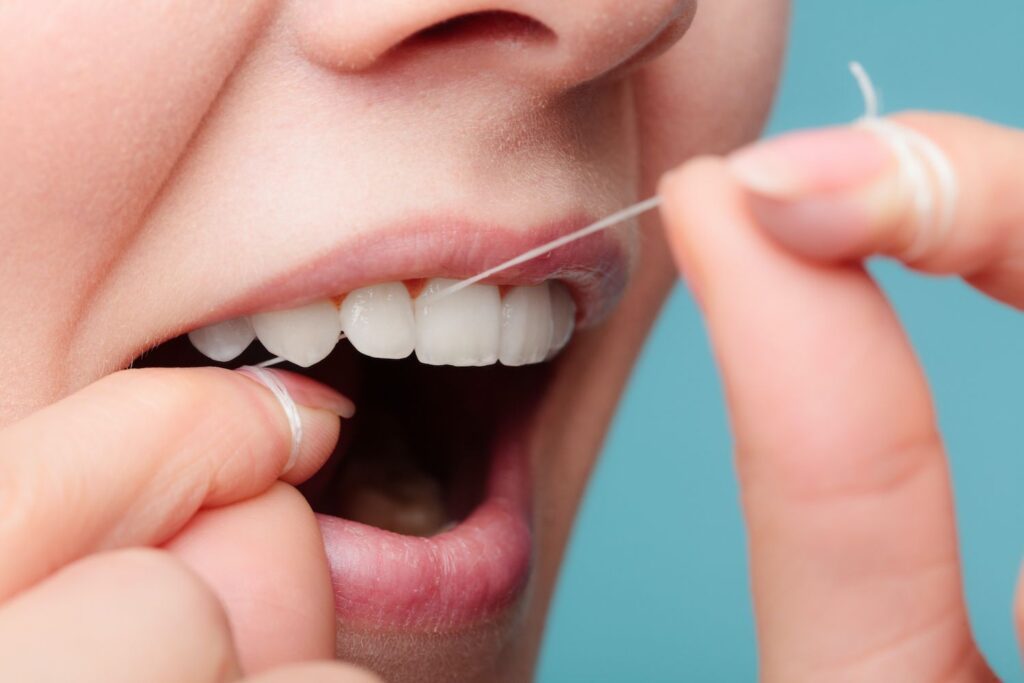Flossing is a vital component of good oral hygiene. It helps to remove plaque and food particles from between the teeth and along the gum line. However, some people may experience discomfort or even bleeding when flossing. For some, this makes them wonder if flossing can actually hurt their gums.

The Purpose of Flossing
The main purpose of flossing is to remove plaque and food particles from areas of the mouth that are hard to reach with a toothbrush alone. Plaque is a sticky film of bacteria that forms on the teeth and gum line. This can lead to tooth decay, gum disease, and bad breath if not removed regularly. Flossing helps disrupt plaque formation and prevent the buildup of tartar.
Flossing is also essential for healthy gums. Removing plaque and bacteria from between the teeth prevents gum disease, a common oral health condition. It is characterized by inflammation of the gums. Healthy gums are firm, pink, and free of bleeding. However, unhealthy gums may appear red, swollen, and bleed easily.
Can Flossing Hurt Your Gums?
While flossing is generally safe and beneficial for oral health, some people may experience gum discomfort or bleeding when flossing. This can occur for several reasons, including:
Using too much force: Flossing too aggressively or with too much force can irritate the gums and cause them to bleed.
Inadequate technique: Improper flossing technique, such as snapping the floss against the gums or sawing back and forth, can traumatize the gum tissue.
Infrequent flossing: If you don’t floss regularly, your gums may be more prone to bleeding and sensitivity when you do floss.
Temporary Discomfort
It’s important to note that mild gum discomfort or bleeding during flossing is not uncommon, especially if you’re new to flossing or haven’t flossed in a while. This is typically temporary and should improve with regular flossing as your gums become healthier. However, if you have severe gum discomfort or bleeding, it’s important to consult your dentist. They can rule out underlying issues such as gum disease or gum recession.
Tips for Flossing
There are several types of dental floss available, including waxed, unwaxed, flavored, and tape floss. Choose a floss that feels comfortable to use and slides easily between your teeth without shredding or breaking. If you have tight spaces between your teeth or dental work, such as braces or bridges, consider using specialized flossing tools.
Practice Proper Technique
To floss effectively without hurting your gums, follow these steps:
- Break off a piece of floss about 18 inches long.
- Gently guide the floss between your teeth using a back-and-forth motion, being careful not to snap it against the gums.
- Curve the floss into a C-shape around each tooth and gently slide it up and down to remove plaque and debris.
- Repeat this process for each tooth, using a clean section of floss each time.
Be Gentle
Avoid using excessive force or pressure when flossing, as this can traumatize the gum tissue and cause bleeding. Instead, use a gentle yet thorough motion to clean between the teeth and along the gum line. If you encounter resistance or discomfort, try adjusting the angle or position of the floss rather than forcing it.
